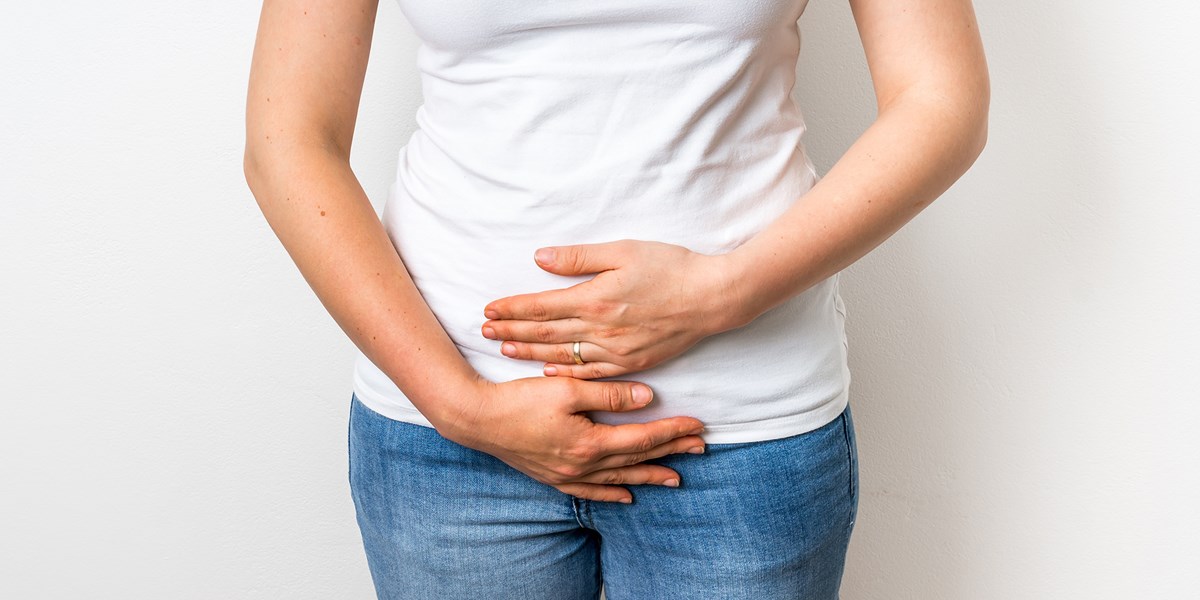Endometriosis and Your Fertility

By Dr. David Kreiner
Endometriosis can be a very painful illness and can cause infertility. It is often a reproductive lifelong struggle in which tissue that normally lines the uterus implants into other parts of the body, most often in the pelvic lining and ovaries. This can lead to pain and often times difficulty conceiving.
Endometriosis is fairly common, impacting five to ten percent of all women. Though many of these women are not infertile, among patients who have infertility, about 30 percent have endometriosis.
Endometriosis can grow like a weed in a garden attaching itself to the ovaries and bowels. Scar tissue often forms where it grows, which can exacerbate the pain and increase the likelihood of infertility. The only way to be sure a woman has endometriosis is to perform a surgical procedure, laparoscopy which allows your physician to look inside the abdominal cavity with a narrow telescope-like instrument. Endometriosis may be suspected on a history of very painful menstrual cycles, painful intercourse, etc., or based on your physical examination or ultrasound findings. On an ultrasound, a cyst of endometriosis has a characteristic homogenous appearance showing echoes in the cyst that distinguish it from a normal ovulated ovarian follicle. Unlike the corpus luteum (ovulated follicle), its edges are round as opposed to collapsed and irregular in the corpus luteum and the cyst persists after a menses where corpora lutea will resolve each month. Sometimes the only sign of endometriosis is infertility.
Women with any stage of endometriosis (mild, moderate, or severe) can have severe lower abdominal and pelvic pain – or they might have no pain or symptoms whatsoever. Patients with mild endometriosis will not have a cyst and will have no physical findings on exam or ultrasound. It is thought that infertility caused by mild disease may be chemical in nature perhaps affecting sperm motility, fertilization, embryo development or even implantation perhaps mediated through an autoimmune response.
Moderate and severe endometriosis are, on the other hand, associated with ovarian cysts of endometriosis which contain old blood which turns brown and has been described to have the appearance of chocolate. These endometrioma (so-called “chocolate cysts”) can cause pelvic scarring and distortion of pelvic anatomy. The tubes can become damaged or blocked and the ovaries may become adherent to the uterus, bowel or pelvic side wall. Any of these anatomic distortions can result in infertility. In many cases, the tissue including the eggs in the ovaries can be damaged, resulting in diminished ovarian reserve and reduced egg quantity and quality. In my experience this has been the worst complication associated with endometriosis as even IVF in these situations is enormously challenging.
The treatment for endometriosis-associated with infertility needs to be individualized for each woman. Surgery often provides temporary relief and may improve fertility for some but rarely is successful in permanently eliminating the endometriosis which typically returns one to two years after resection. Today, it is generally recommended to avoid surgery prior to conception since excision of endometriosis from ovarian tissue is rarely possible without removing precious normal ovarian reserve.
Women with endometriosis and infertility are unfortunately in a race to get pregnant before the endometriosis destroys too much ovarian tissue and achieving a pregnancy with their own eggs becomes impossible. At RMA Long Island IVF we employ an aggressive proactive program of stimulating a woman’s ovaries non hormonally with DHEA and utilizing TCM (Traditional Chinese Medicine) including acupuncture and herbs. Adding supplements like CoQ10 which increases the energy in the eggs and melatonin have shown promise in helping women to conceive. Today, utilizing Assisted Reproductive Technology and above adjuvant therapy, we are successful in making most women with endometriosis mothers.
